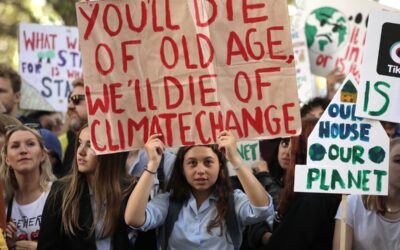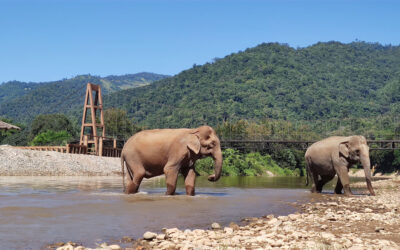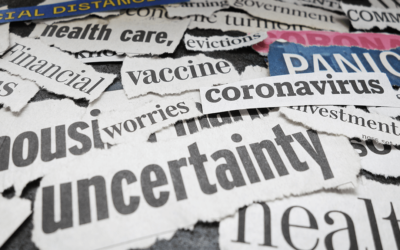
Via John Robb, a great story about how a local radio station in California became an open source co-ordination hub for disaster response during the California wildfires last year. John explains,
Here’s the problem. When a disaster strikes, widespread distribution of granular/real-time information on the unfolding event can reduce the public’s panic/fear and improve the community’s recovery — as in, solid/well-informed decision making at the individual level is beneficial to fast recovery and public participation in the process can increase information flow and provide real-time feedback on first responder successes/failures. Unfortunately, the public traditionally doesn’t get this detailed information. To the extent that this information exists, it has been reserved for the government’s first responders. In contrast, communications with the general public, either through official pronouncements or the mass media, are usually tardy and typically only provide high-level/generalized coverage.
Fortunately, we are slowly starting to see a shift. New technologies and approaches have made it possible to bring the public into the loop. To illustrate this, blogger Robert Paterson has a two part series on how a small Public TV/Radio station (KPBS) in San Diego, used creativity and some Web technologies (Google maps and Twitter) to become the epicenter of the community’s response to the recent wild-fire disaster.

Here’s part 1 and part 2 of the series.



